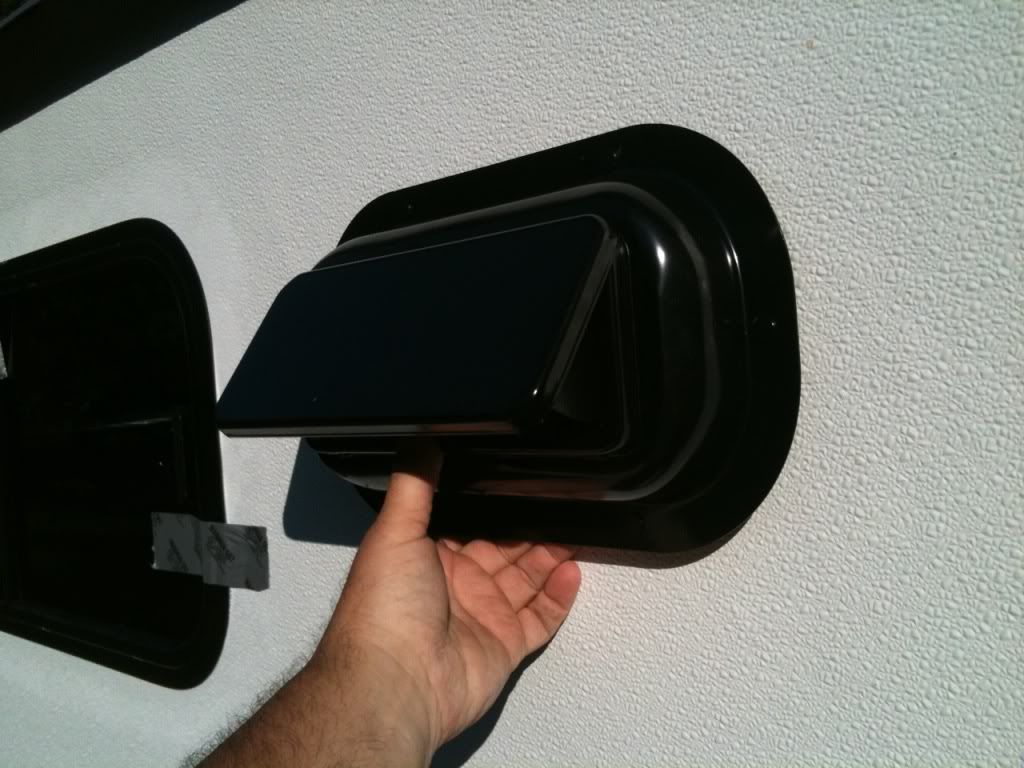mountainclimber8
Adventurer
All- I have a Conqueror Compact that I've been working on for the last year and a half. I'll get around to posting a build thread at some point.
The Situation: Internal trailer compartment heat buildup from fridge / freezer.
Today's Question is:
Are any of you aware of a dustproof vent that can be used to vent the trailer compartment during the day (or night) while traveling or not?
Not really a terrible issue in the winter but in the summer it really gets hot in there.
I would like to reduce the internal temperature so not to add undue load to the fridge. It heats up inside with the fridge of course.
I've thought about all different kinds of venting scenarios but I've yet to come up with a dustproof arrangement. I've worked really hard to get this thing waterproof and dustproof.
I know the current Kimberly literature describes a waterproof and dustproof vent but I have no idea how they do that.
If there is a solution it would have wide ranging applications.
I would also not like to have a $500.00 solution to this problem. :victory:
Any ideas?
The Situation: Internal trailer compartment heat buildup from fridge / freezer.
Today's Question is:
Are any of you aware of a dustproof vent that can be used to vent the trailer compartment during the day (or night) while traveling or not?
Not really a terrible issue in the winter but in the summer it really gets hot in there.
I would like to reduce the internal temperature so not to add undue load to the fridge. It heats up inside with the fridge of course.
I've thought about all different kinds of venting scenarios but I've yet to come up with a dustproof arrangement. I've worked really hard to get this thing waterproof and dustproof.
I know the current Kimberly literature describes a waterproof and dustproof vent but I have no idea how they do that.
If there is a solution it would have wide ranging applications.
I would also not like to have a $500.00 solution to this problem. :victory:
Any ideas?





